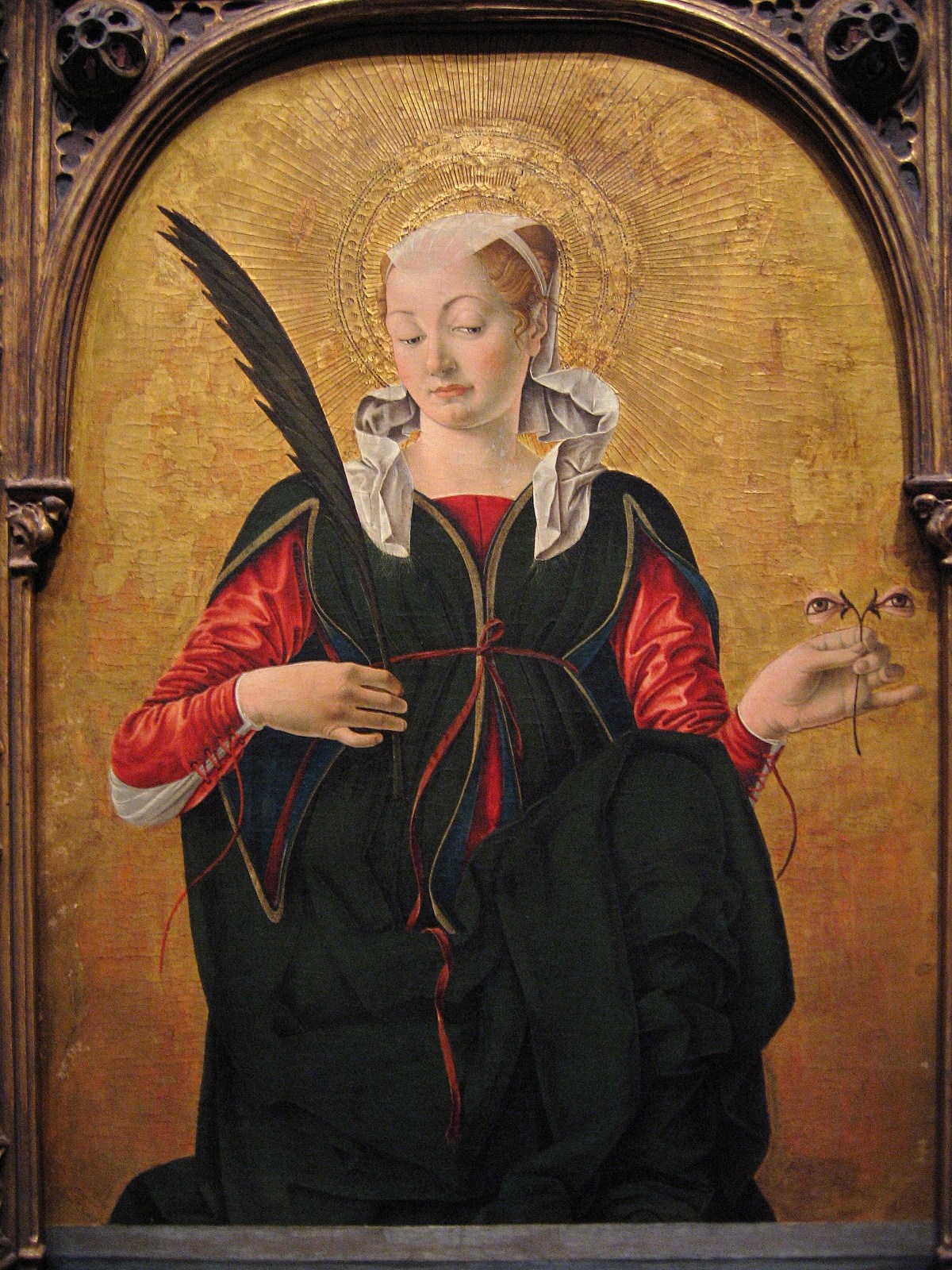My web-page on torture is now moved to torture.html

Santa Lucía de Siracusa, pintor Francesco del Cossa (c. 1430 – c.
1477)
My web-page on torture is now moved to torture.html

Santa Lucía de Siracusa, pintor Francesco del Cossa (c. 1430 – c.
1477)